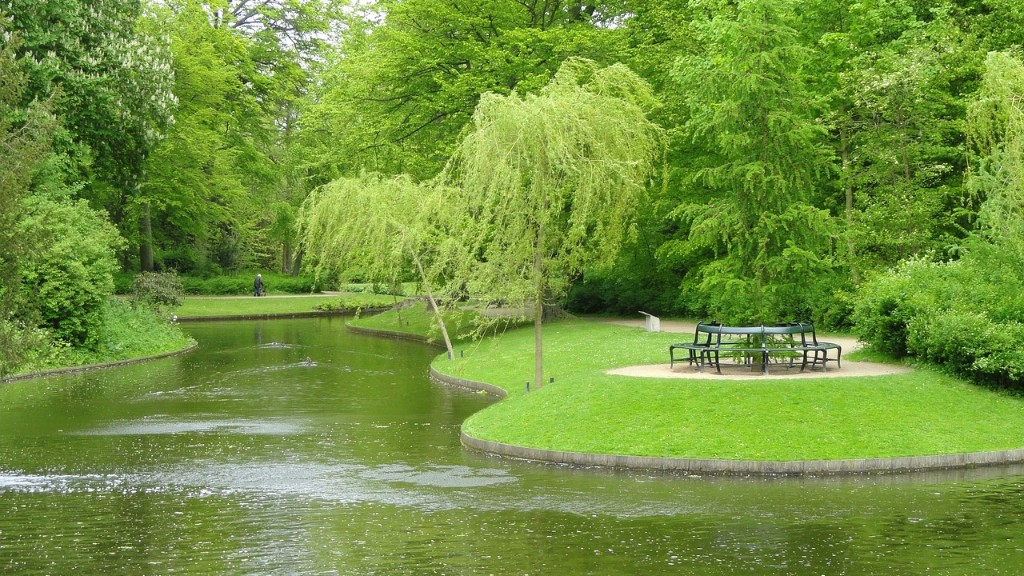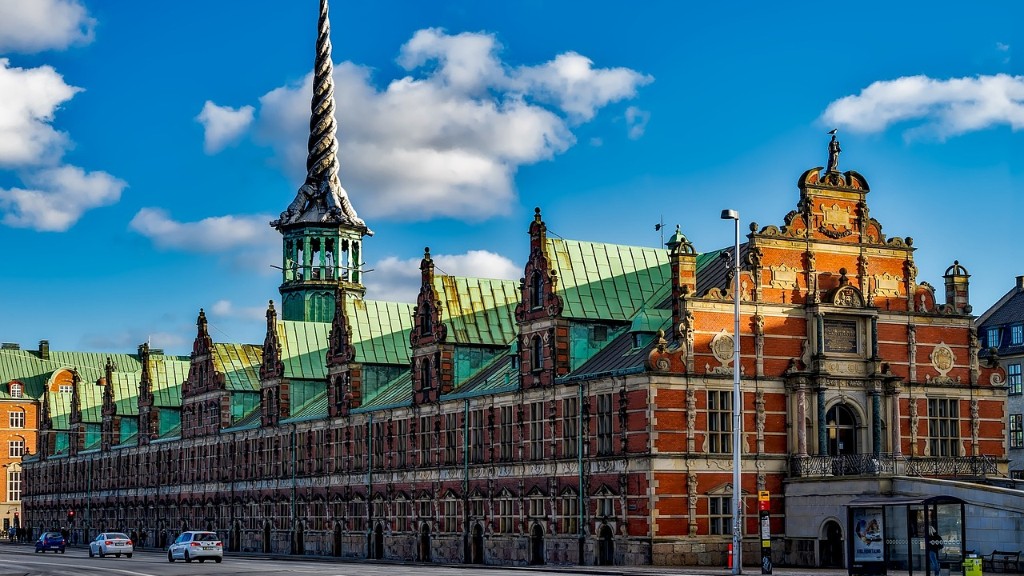Living in Denmark as an American
Denmark, a Scandinavian country known for its high quality of life, has been a desirable destination for many Americans seeking a change of pace and new experiences. While the transition can be both exciting and challenging, understanding the cultural differences and practicalities of living in Denmark is essential for a smooth integration into Danish society.
Background Information
Denmark, located in Northern Europe, is a constitutional monarchy with a population of approximately 5.8 million people. It is known for its strong welfare system, excellent healthcare, and education, as well as its commitment to sustainability and environmental protection. Danish society emphasizes equality, work-life balance, and social cohesion.
The Danish language, although not a requirement for living in Denmark, is predominantly spoken by the locals. However, most Danes speak English fluently, making it easier for English-speaking expatriates to navigate their daily lives. Expats will find a warm and welcoming society that offers a high level of personal safety and political stability.
Relevant Data
According to the U.S. Department of State, there are approximately 8,000 Americans living in Denmark. The majority of them reside in the capital city of Copenhagen, which is known for its vibrant culture, thriving art scene, and bicycle-friendly streets. Many Americans are drawn to Denmark’s strong economy, excellent healthcare system, and high standard of living.
Denmark consistently ranks highly in global happiness indexes, including the World Happiness Report, which may be attributed to the country’s focus on work-life balance and social welfare. The Danish taxation system funds comprehensive public services such as healthcare, education, and elderly care, ensuring a high quality of life for its citizens, including American expats.
Perspectives from Experts
Experts suggest that adapting to the Danish lifestyle involves embracing the concept of ‘hygge,’ a Danish term that encompasses coziness, comfort, and well-being. This cultural mindset influences everything from interior design to daily activities and social relationships, creating a sense of contentment and togetherness.
According to psychologist Melanie Haynes, who specializes in cross-cultural adjustment, Americans living in Denmark may experience cultural differences in workplace dynamics and communication styles. Danish workplaces tend to emphasize consensus, collaboration, and flat hierarchies, which may differ from the more individualistic and hierarchical American work culture.
Insights and Analysis
Living in Denmark as an American offers a unique opportunity for personal growth and a different perspective on life. While the Danish society can be seen as more egalitarian and community-oriented compared to American society, it is important for Americans to be mindful of cultural differences and willing to adapt.
Embracing the Danish concept of ‘hygge’ can help Americans integrate into Danish culture and feel a sense of belonging. By appreciating the small joys of life, such as cozy gatherings with friends and family or enjoying a cup of hot chocolate on a rainy day, Americans can find comfort and happiness in their new environment.
Section 2: Practicalities of Living in Denmark
Denmark offers a high standard of living, but it is essential to consider various practical aspects when relocating. Here are some key points to take into account:
Cost of Living
The cost of living in Denmark is relatively high, particularly in major cities like Copenhagen. Housing, transportation, and dining out can be expensive. However, salaries are generally higher to compensate for the higher cost of living, and the quality of public services often justifies the expenditure.
Healthcare
Denmark has a universal healthcare system that offers comprehensive coverage to all residents, including American expatriates. As a resident, you will have access to efficient medical services, specialists, and hospitals. It is advisable to register with a general practitioner upon arrival.
Education
Denmark’s education system is renowned for its high standards and innovative teaching methods. Public education is free for all residents, including the children of American expats. The Danish education system promotes inclusivity and focuses on critical thinking, creativity, and collaboration.
Work Environment
The Danish work environment prioritizes a healthy work-life balance, often resulting in shorter work hours and generous time off. Maternity and paternity leave are also extensive, allowing for a better work-life integration. Danish companies value employee well-being and emphasize a culture of trust and collaboration.
Understanding and appreciating Danish culture will help Americans integrate smoothly and enjoy their time in Denmark. Here are some cultural aspects to consider:
Social Interactions
Danes value modesty and humility and may appear reserved initially. When connecting with Danes, it is important to engage in small talk and show genuine interest. Invitations to social events, such as cozy dinners or weekend outings, are often extended spontaneously, so being flexible is key.
Bicycling Culture
Copenhagen is famous for its bicycle-friendly infrastructure. It is a common mode of transport for both locals and expats. Consider investing in a bike to fully embrace this eco-friendly and convenient way of getting around the city.
Sustainability and Recycling
Denmark is known for its commitment to sustainability. Recycling is highly valued and ingrained in society. Take the time to learn about the recycling guidelines and participate actively in waste separation practices to contribute to Denmark’s green initiatives.
Public Etiquette
Danes place great emphasis on respecting personal space and privacy. It is important to avoid intrusive questions and maintain a respectful distance in public settings. Additionally, being punctual is highly valued, so it’s advisable to arrive on time for appointments and social gatherings.
Section 4: Embracing Danish Cuisine
Exploring Danish cuisine is an essential part of immersing oneself in Danish culture. Here are some must-try dishes:
Smoerrebroed
Smoerrebroed, open-faced sandwiches, are a Danish specialty. They consist of a slice of rugbrod, a dark rye bread, topped with various toppings like pickled herring, liver pate, or smoked salmon. Smoerrebroed is a delicious and visually appealing treat.
Frikadeller
Frikadeller, Danish meatballs, are popular comfort food. They are typically made with minced pork or beef, mixed with bread crumbs, egg, and spices. Served with potatoes and gravy, frikadeller is a hearty and satisfying dish.
Rodgrod Med Flode
Rodgrod med flode, or red berry pudding with cream, is a traditional Danish dessert. It is made from a mixture of red berries, sugar, and potato starch, creating a sweet and tangy pudding. It is commonly served with a dollop of whipped cream.
Wienerbrod
Wienerbrod, also known as Danish pastry, is a flaky and buttery pastry often enjoyed for breakfast or as a sweet treat. It comes in various shapes and flavors, including the popular cinnamon roll and almond-filled Danish.
Living in Denmark as an American offers a rich cultural experience, a high standard of living, and a sense of well-being. By understanding and embracing Danish culture, Americans can create a fulfilling life in this Scandinavian country.





